Discovering rare and exotic foods can be a thrilling adventure for any food lover. Around the world, there are delicacies known for their unique flavors and preparation methods that make them truly special. Here are some of the rarest foods you need to try, each offering a distinct taste and cultural experience.
Hákarl (Iceland)
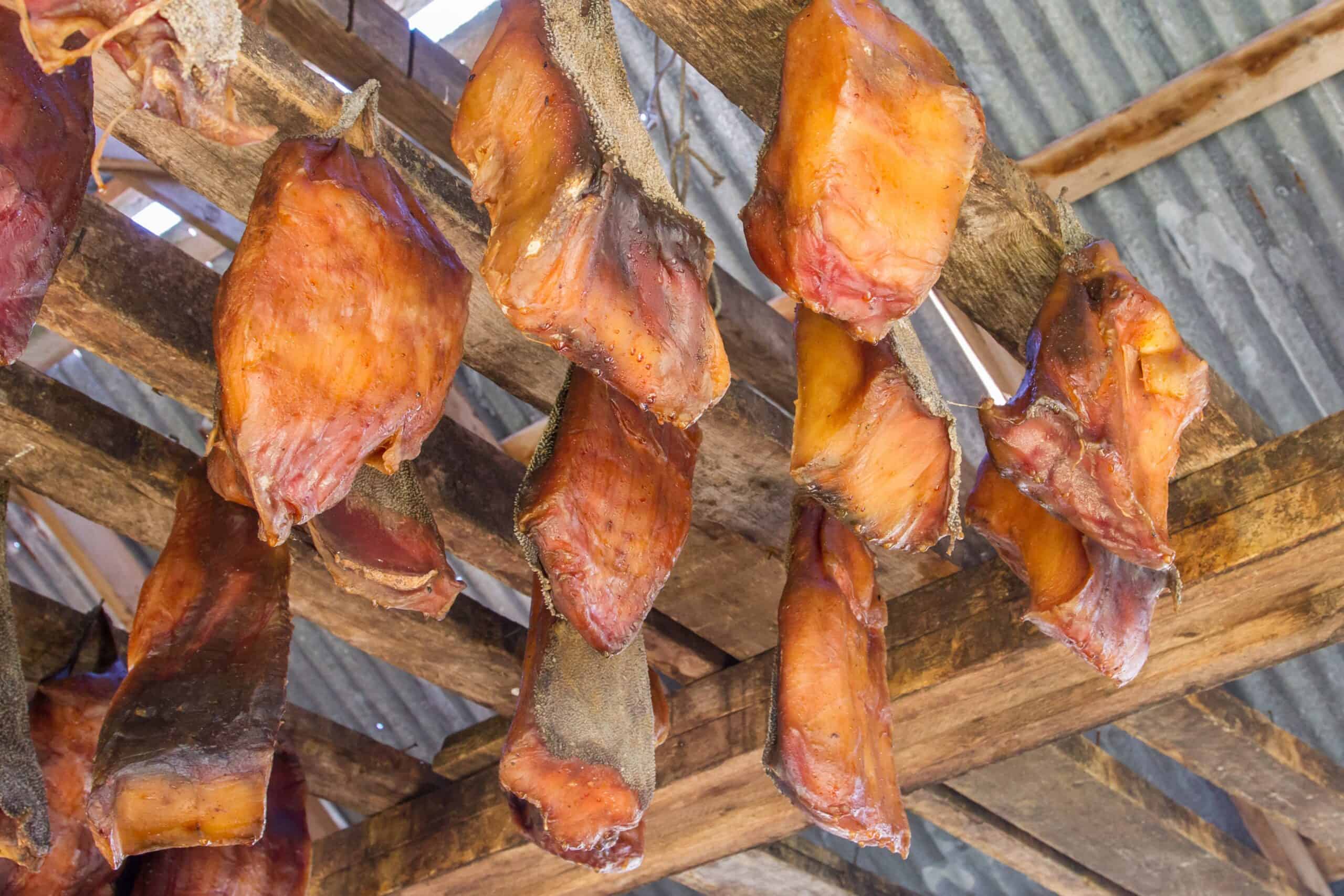
Hákarl is a traditional Icelandic dish made from fermented Greenland shark meat. The process involves curing the meat, burying it in gravelly sand for several months, and then drying it. This method removes the shark’s natural toxins, making it safe to eat. The strong ammonia scent and unique flavor make hákarl an acquired taste. It is often paired with a local schnapps called Brennivín to help mask the strong taste. You can find it in specialty stores and restaurants across Iceland, particularly in Reykjavik, where it is served as a cultural delicacy.
Bird’s Nest Soup (China)
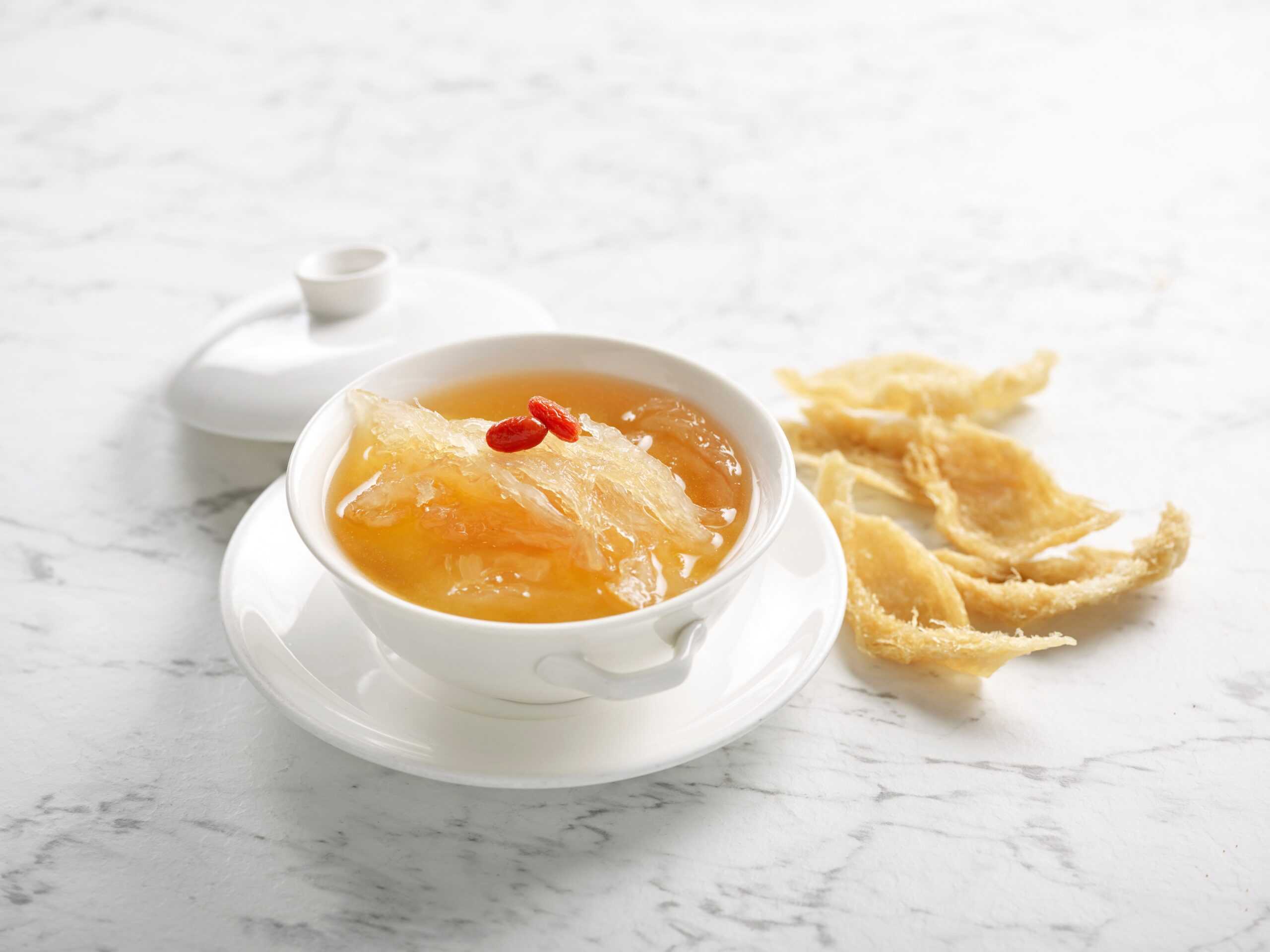
Bird’s Nest Soup is a delicacy made from the nests of swiftlets. These nests, crafted from the birds’ saliva, dissolve into a gelatinous texture when cooked. The nests are harvested from coastal caves and cliffs, a labor-intensive process that adds to their high value. Highly prized for its texture and purported health benefits, such as boosting the immune system and improving skin complexion, bird’s nest soup can be very expensive. It is available in high-end restaurants and specialty food shops in China and other parts of Asia, where it is often consumed as a luxury dish.
Kopi Luwak (Indonesia)
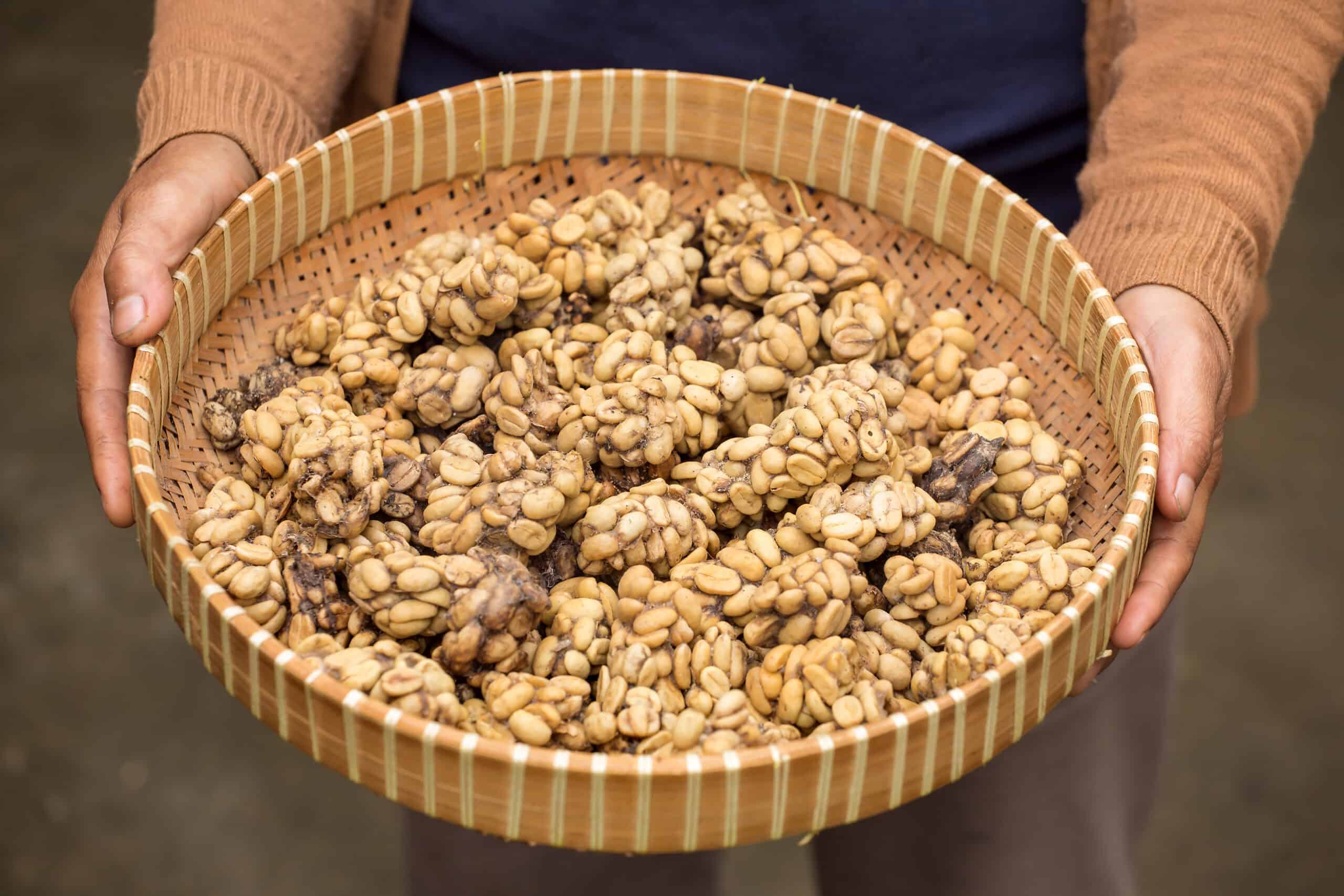
Kopi Luwak is coffee made from beans that have been digested by the Asian palm civet. The beans undergo fermentation in the civet’s digestive system, resulting in a unique flavor profile. The beans are collected from the civet’s feces, cleaned, and then roasted. This coffee is renowned for its smooth, rich taste with low acidity. It’s considered one of the most expensive coffees in the world, with prices reaching up to $100 per cup. Kopi Luwak can be found in luxury cafes and specialty stores globally, where it is celebrated for its unique production process.
Matsutake Mushrooms (Japan)
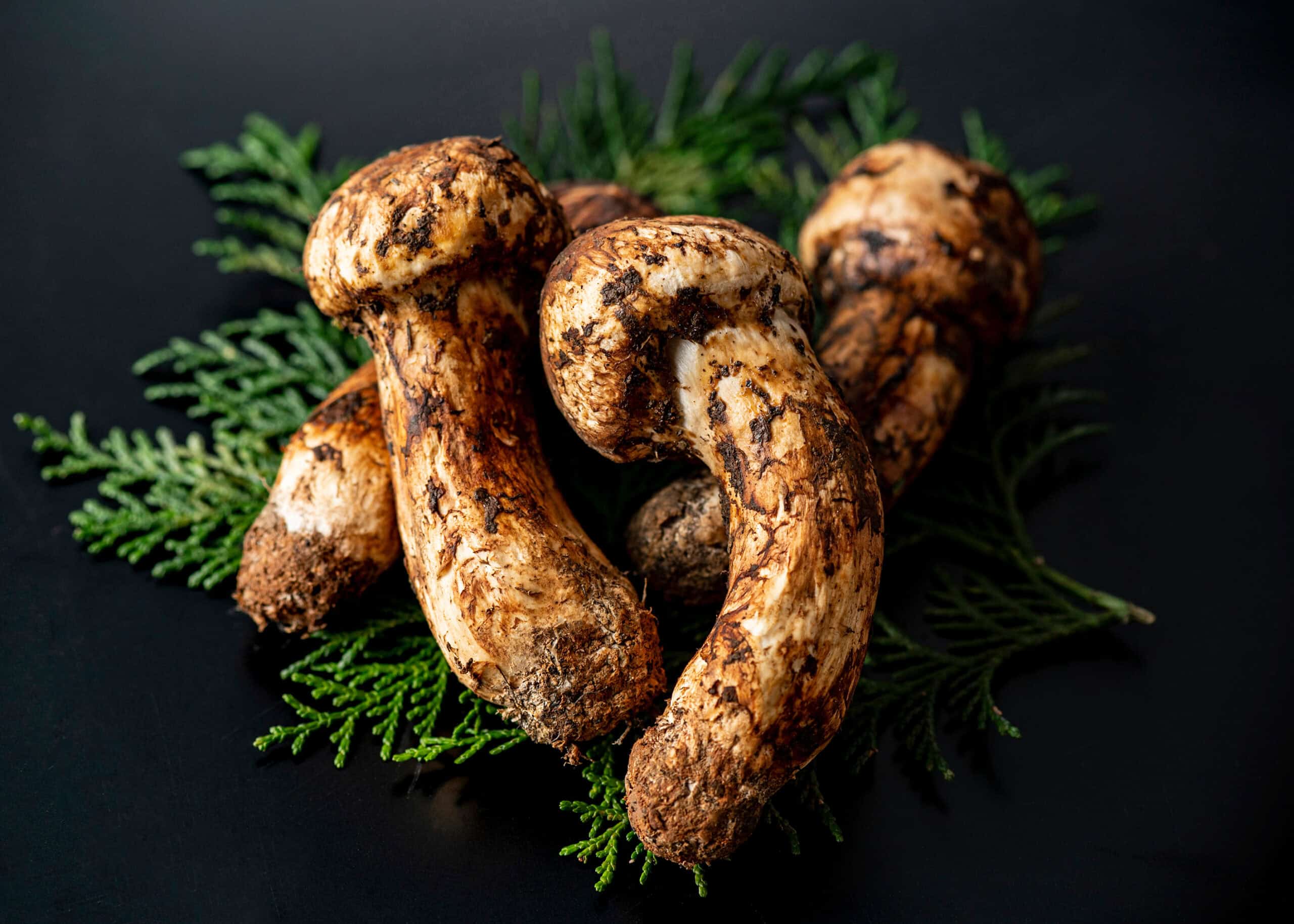
Matsutake mushrooms are rare fungi found in Japan’s forests, especially in the Tamba region. They are highly prized for their spicy-aromatic odor and robust texture. The mushrooms grow in symbiosis with certain tree roots, making them difficult to cultivate. The scarcity of these mushrooms, due to habitat loss and difficulty in cultivation, makes them very valuable. Matsutake are typically harvested in the autumn and are often featured in traditional Japanese dishes like soups, rice, and grilled preparations. Their unique aroma and flavor make them a coveted ingredient in Japanese cuisine.
Black Truffles (France)
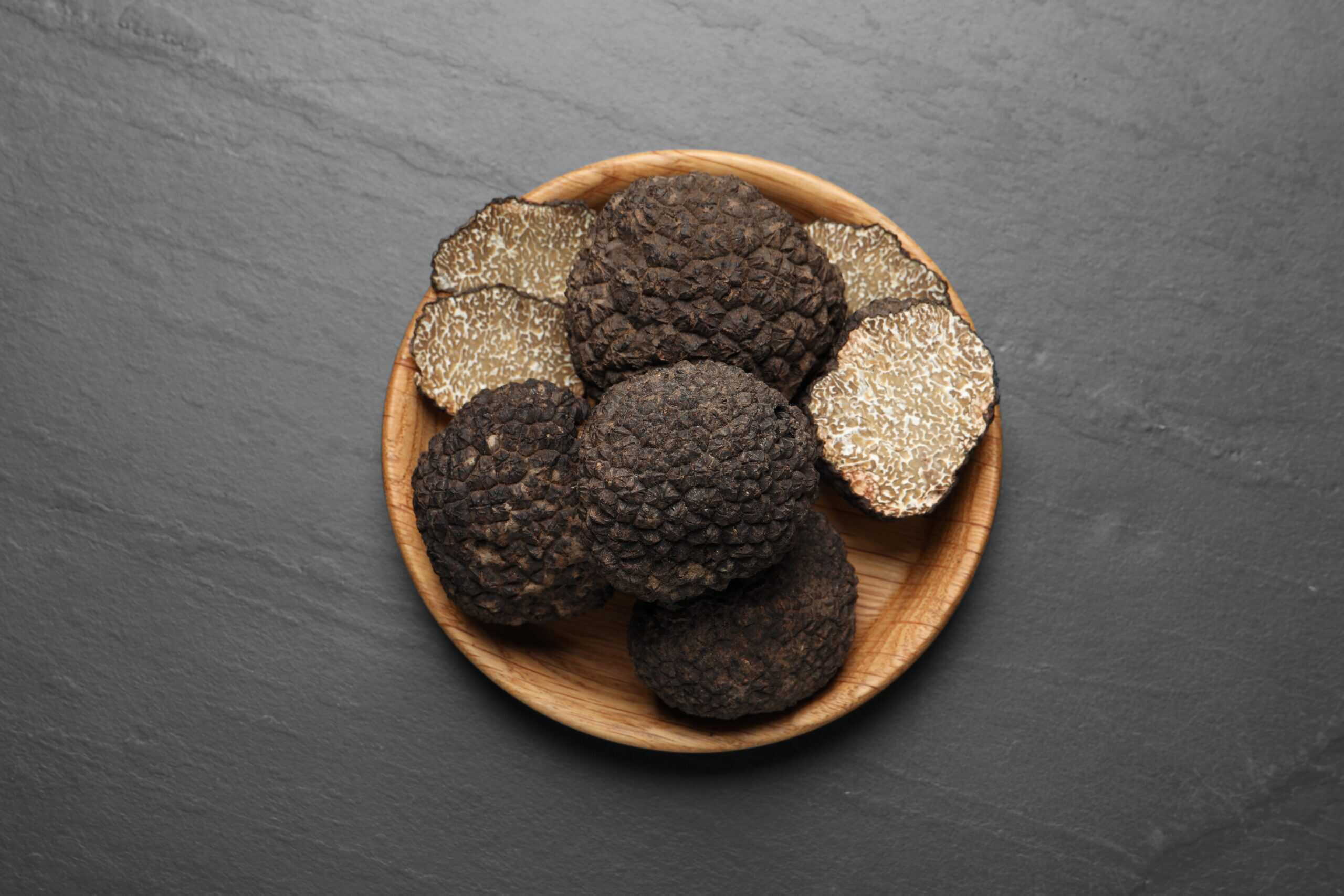
Black truffles are a type of fungus that grows underground near the roots of certain trees, such as oaks and hazelnuts. They are highly prized for their pungent aroma and earthy flavor. Harvesting truffles typically involves trained dogs or pigs that can sniff out the truffles’ distinctive scent. Found mainly in the forests of France, particularly in the Périgord region, black truffles are considered a gourmet ingredient in many cuisines. Their rarity and the labor-intensive harvesting process make them one of the most expensive foods in the world.
Fugu (Japan)

Fugu, or pufferfish, is a Japanese delicacy known for its potential toxicity. Only licensed chefs can prepare fugu to ensure that the deadly parts, such as the liver and ovaries, are removed correctly. The preparation process is highly regulated to prevent poisoning. The fish is celebrated for its delicate flavor and unique texture, often described as slightly chewy with a mild taste. It’s often served as sashimi or in hot pot dishes in high-end restaurants across Japan.
Caviar (Russia/Iran)
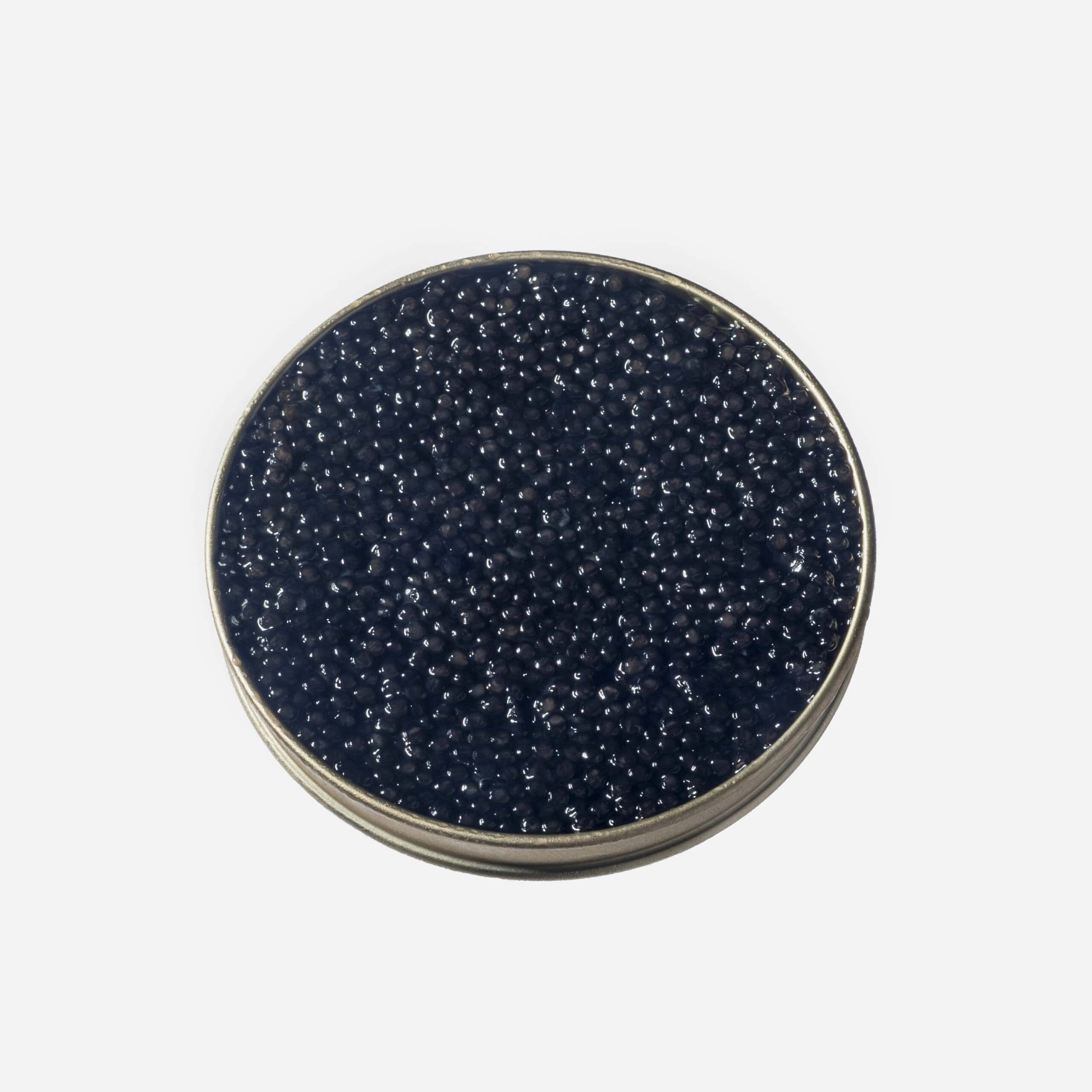
Caviar consists of salt-cured fish eggs, traditionally harvested from sturgeon. The most prized varieties come from the Caspian Sea, particularly in Russia and Iran. The eggs are carefully processed to maintain their delicate texture and briny flavor. Renowned for its luxurious taste and texture, caviar is a symbol of gourmet dining. It is typically enjoyed as a garnish or on its own with accompaniments like blinis and crème fraîche.
White Alba Truffle (Italy)
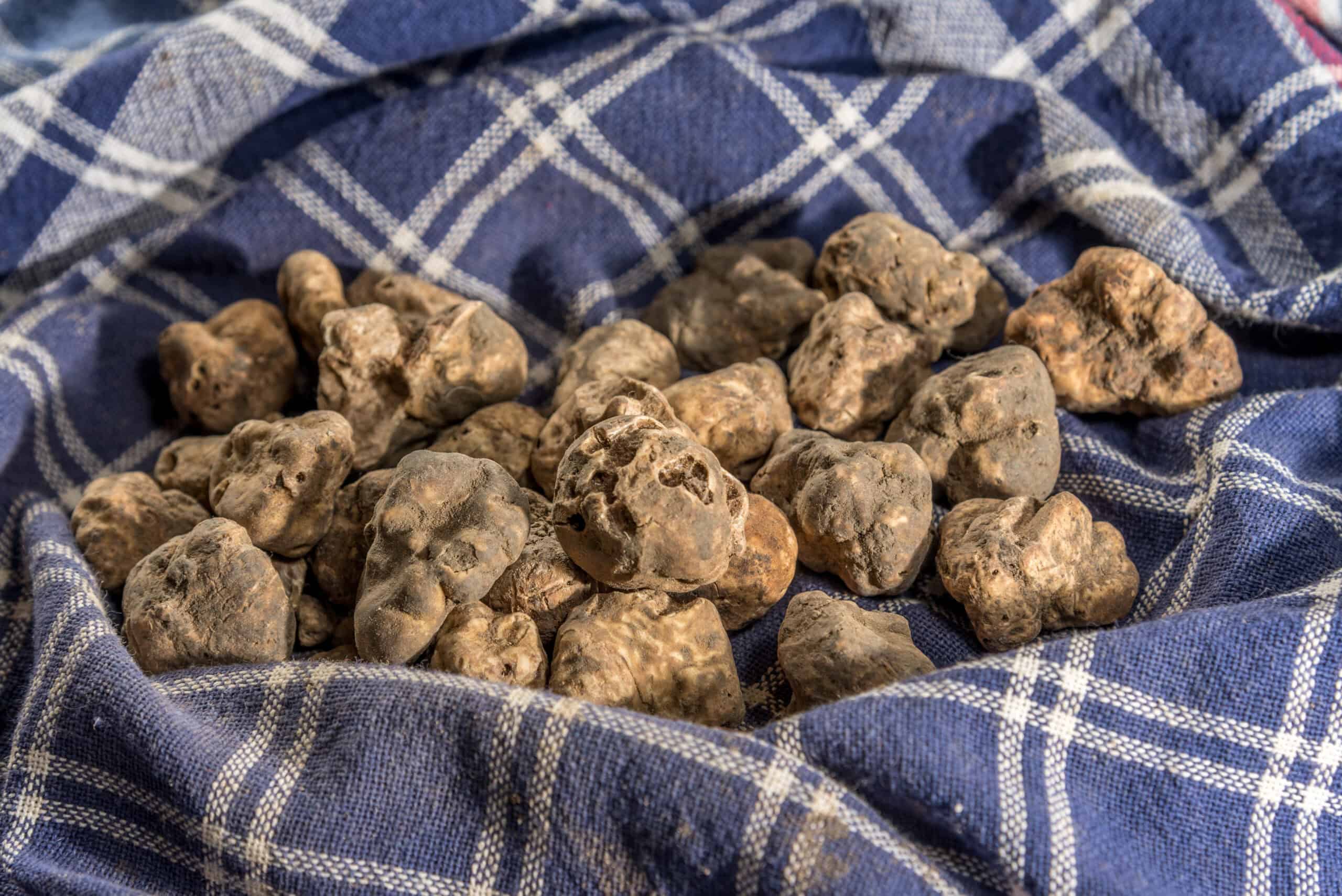
White Alba truffles are a highly sought-after variety of truffle found in the forests of Italy’s Piedmont region. They have a strong aroma and a slightly garlicky flavor. Harvesting these truffles requires trained dogs to locate them underground. These truffles are usually harvested from October to December and are often shaved over dishes like pasta, risotto, and eggs to enhance their flavor. The rarity and labor-intensive harvesting contribute to their high price, with some truffles selling for thousands of dollars per kilogram.
Saffron (Iran/Spain)
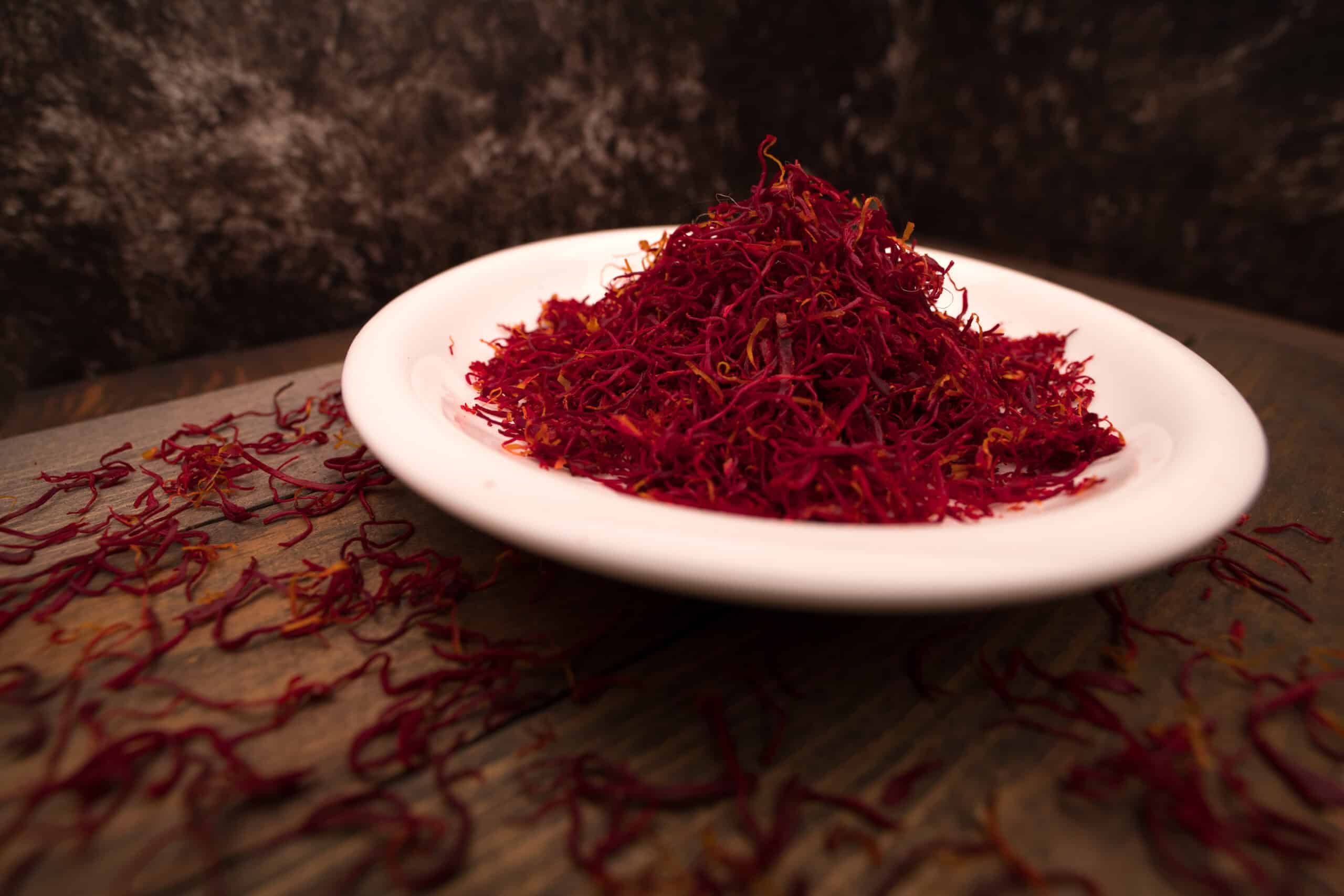
Saffron is the world’s most expensive spice, derived from the crocus flower’s stigmas. It takes about 75,000 flowers to produce just one pound of saffron, making it extremely labor-intensive to harvest. This spice boasts a vibrant red hue and a distinct aroma. You can find saffron primarily in Iran and Spain, where it’s harvested during the autumn bloom. The flavor is subtly earthy and sweet, often described as a mix of hay and honey. Saffron is a key ingredient in dishes like paella and risotto.
Jamón Ibérico de Bellota (Spain)
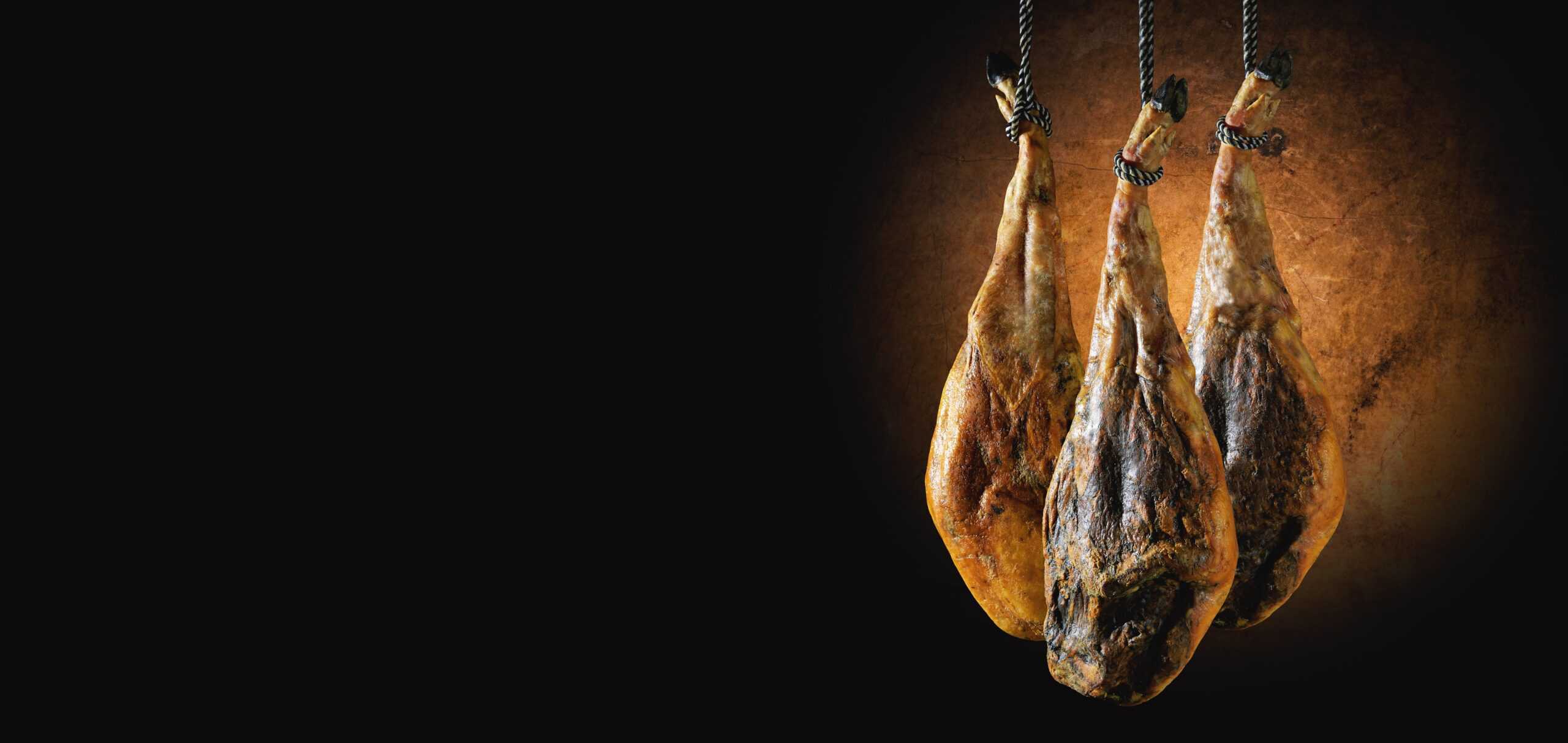
Jamón Ibérico de Bellota is a premium ham made from Iberian pigs fed on acorns. The acorn diet gives the meat its rich, nutty flavor and marbled texture. Only pigs with at least 50% Iberian breed qualify for this delicacy. This ham is cured for up to four years in specialized cellars, mostly found in Spain. The taste is intensely savory with a melt-in-your-mouth quality. It’s best enjoyed thinly sliced, often served with Manchego cheese and Spanish olives.
Wagyu Beef (Japan)
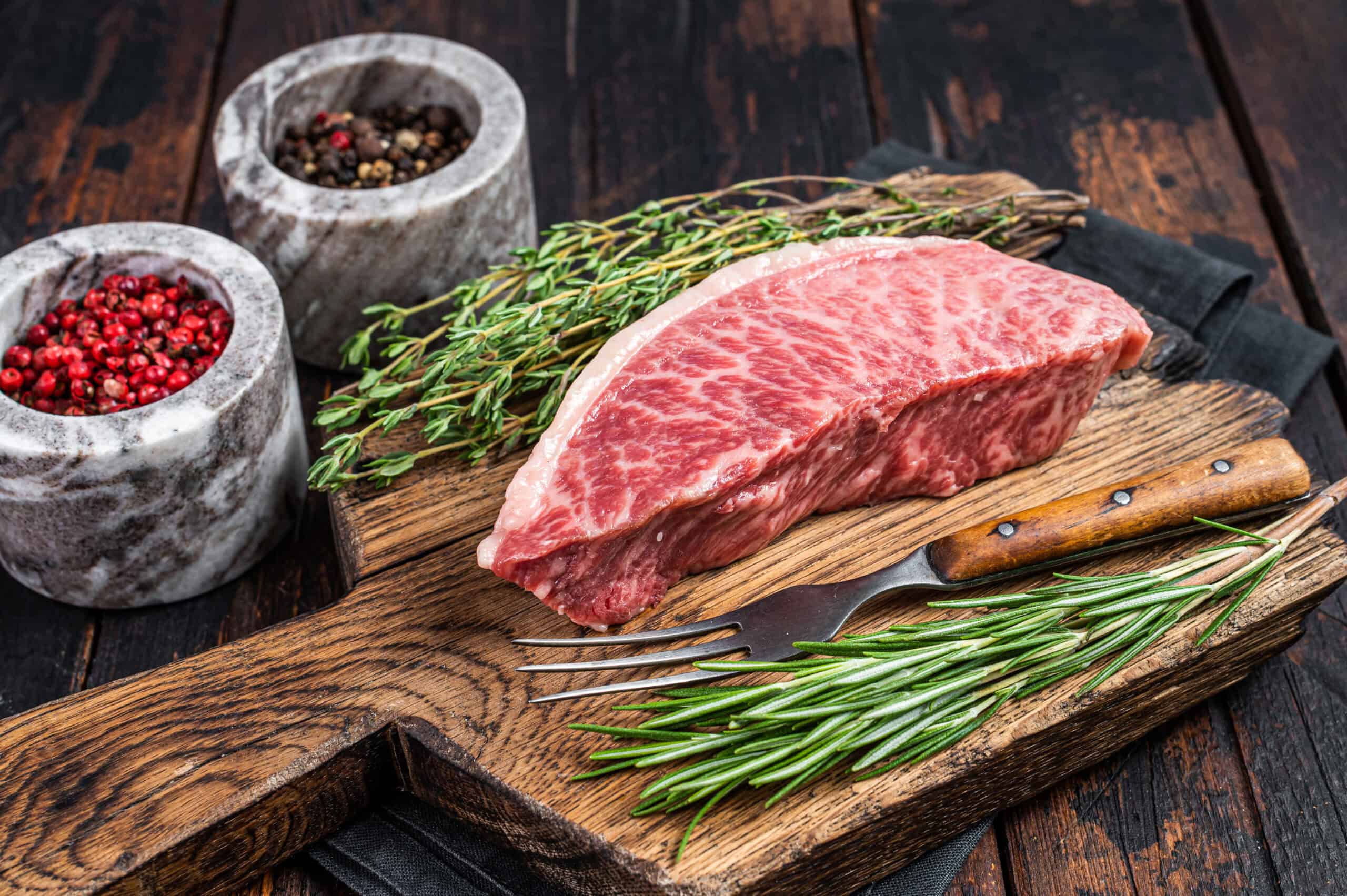
Wagyu beef, renowned for its high marbling and tender texture, comes from Japanese cattle breeds. The intricate marbling results in a buttery, melt-in-your-mouth experience. It’s a highly sought-after delicacy. Japan, especially regions like Kobe and Matsusaka, is the prime source for authentic Wagyu beef. The meat’s flavor is rich and umami-packed, making it perfect for steak or sukiyaki. The meticulous rearing process contributes to its exclusivity and high cost.
Durian (Southeast Asia)
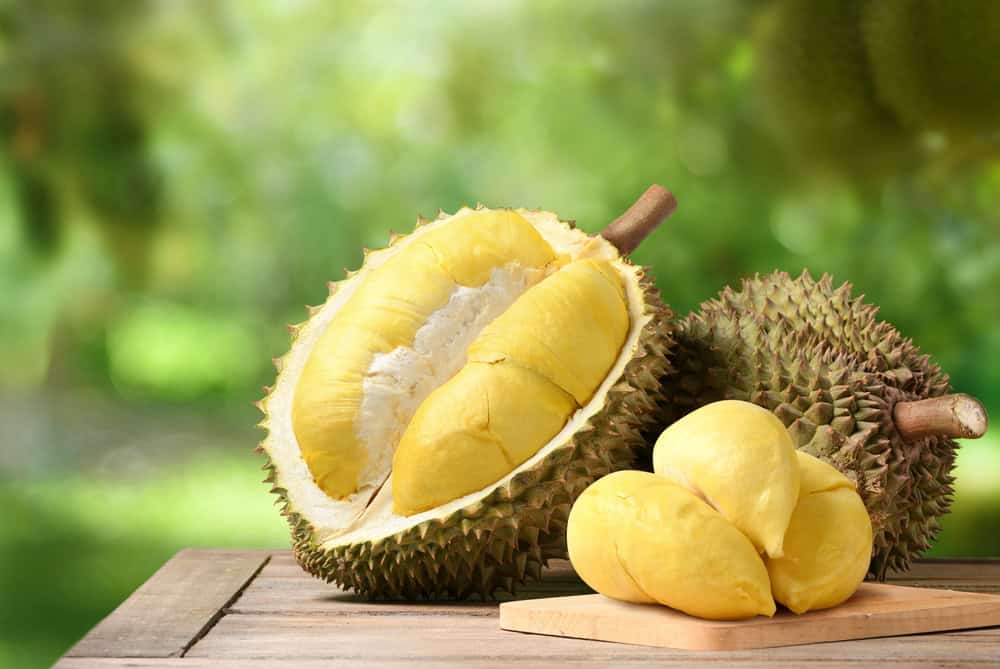
Durian, often dubbed the “king of fruits,” is notorious for its strong odor. Despite its smell, the fruit’s creamy, custard-like flesh is cherished by many. It’s a unique blend of sweet and savory flavors. You can find durian in Southeast Asian countries like Thailand, Malaysia, and Indonesia. The taste varies from sweet almond to creamy cheese. Its divisive aroma and taste make it a rare treat for adventurous foodies.
Escamoles (Mexico)
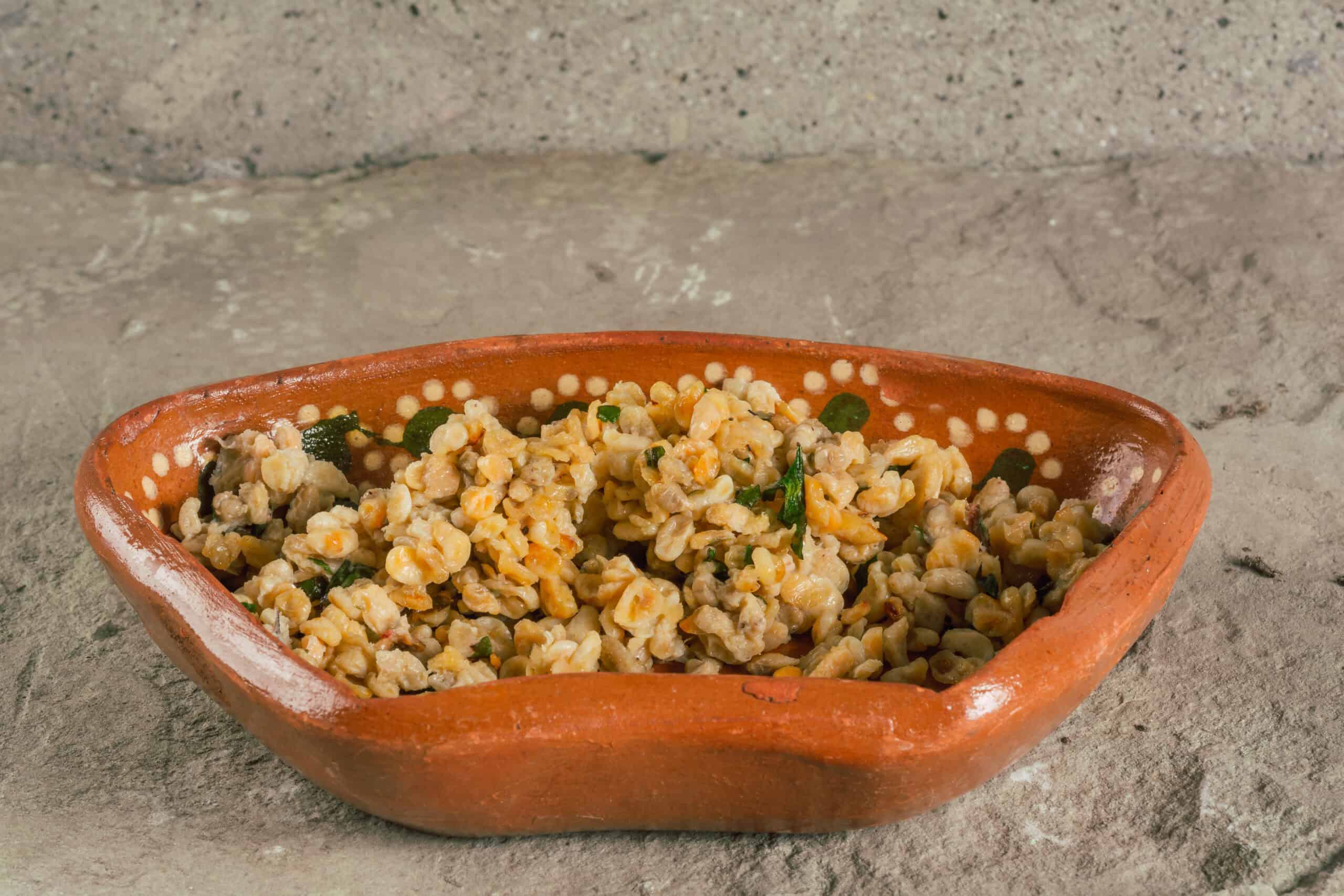
Escamoles, also known as insect caviar, are edible ant larvae harvested from agave plants. These larvae have been a Mexican delicacy since the time of the Aztecs. The nutty and buttery taste is quite unique. Found primarily in central Mexico, escamoles are often sautéed with butter and spices. They have a delicate, slightly nutty flavor, often compared to cottage cheese. This rare ingredient is usually served in tacos or omelets.
Abalone (Various Countries)
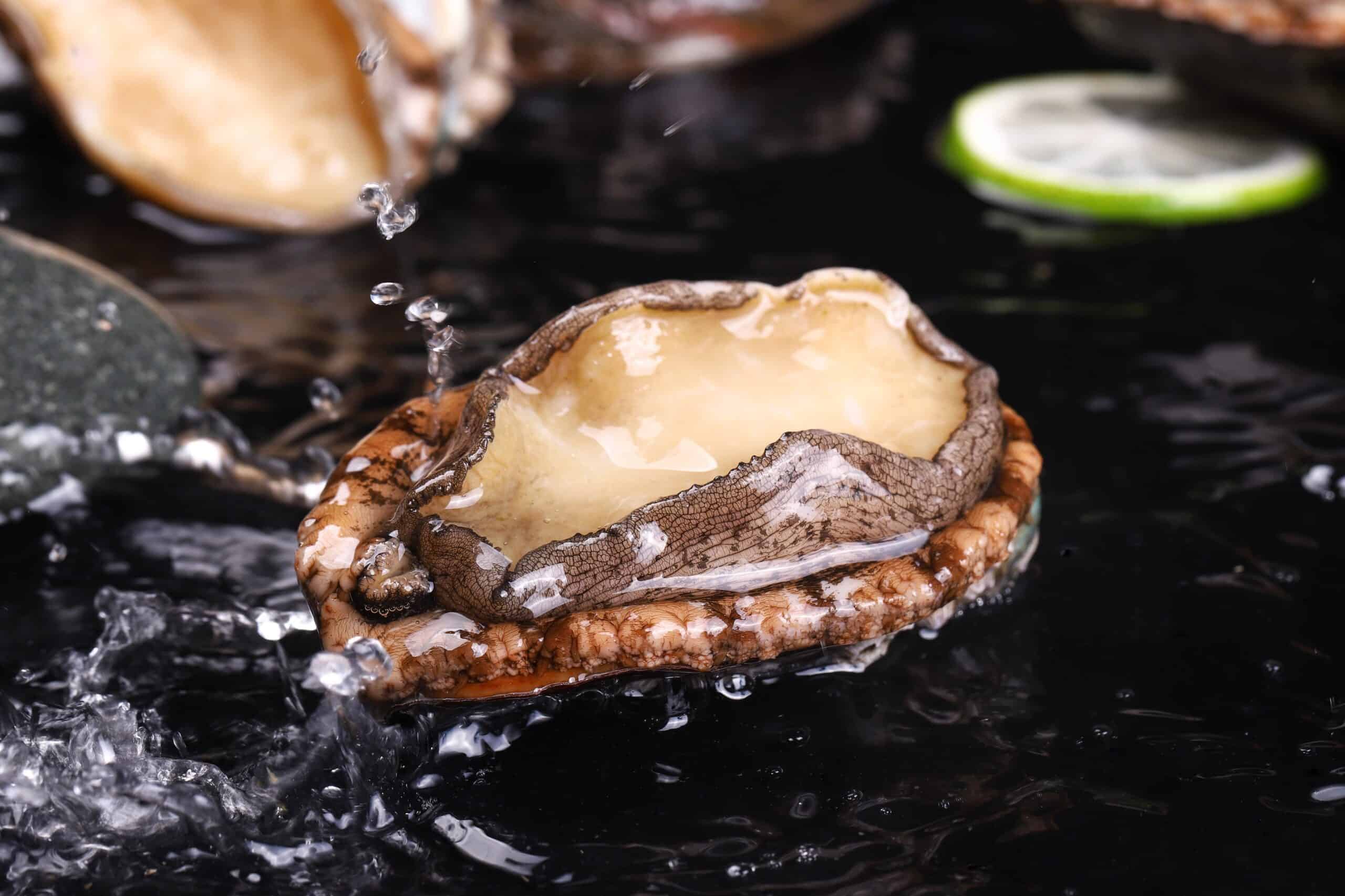
Abalone is a type of mollusk prized for its delicate, flavorful meat. Harvesting abalone is labor-intensive and regulated to prevent overfishing. It’s a luxury seafood item in many cultures. Abalone is found in coastal waters, particularly in Japan, New Zealand, and South Africa. The meat is tender with a sweet, briny taste. Often served as sashimi or grilled, it’s a coveted dish in high-end restaurants.
Foie Gras (France)
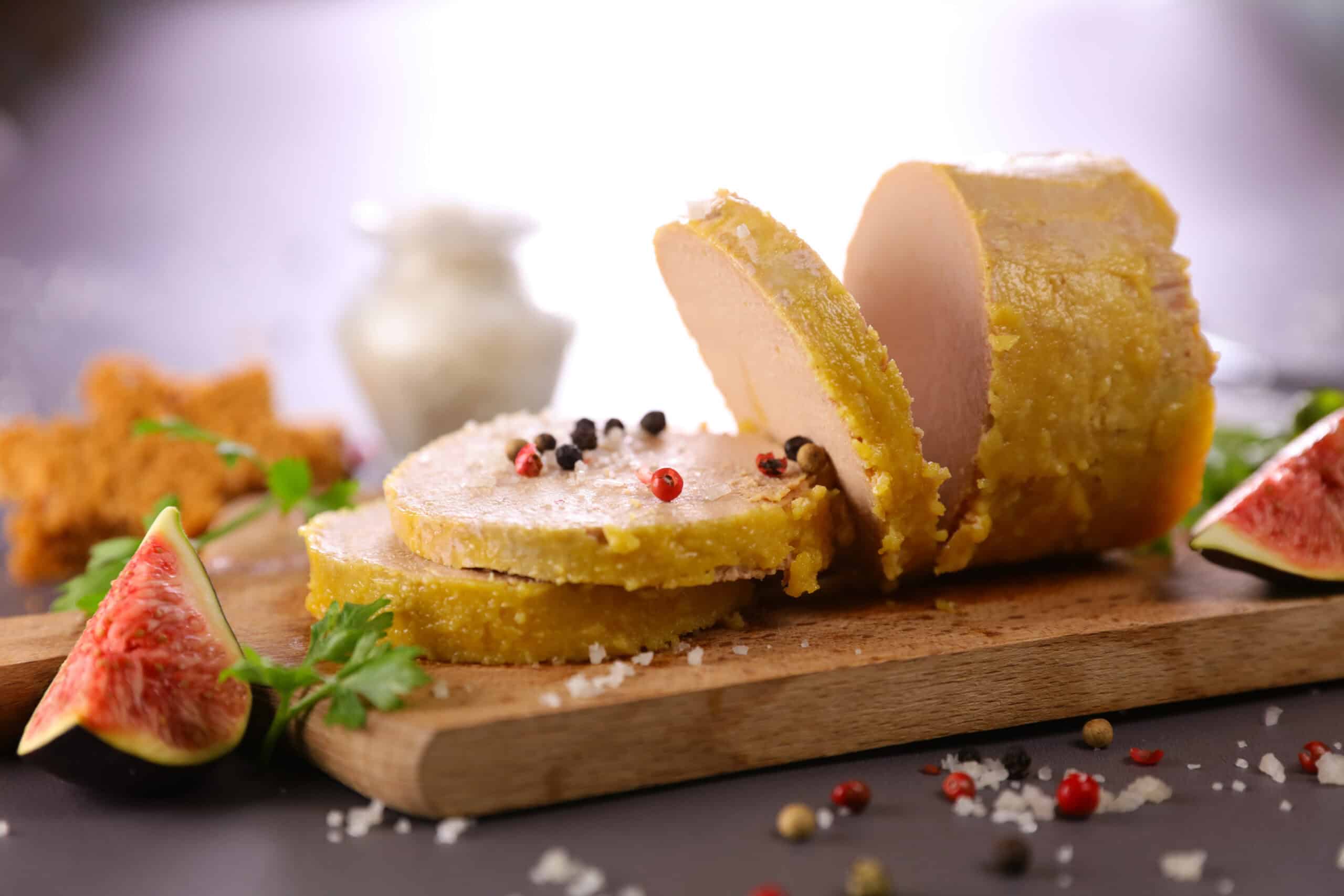
Foie Gras, made from the liver of fattened ducks or geese, is a French culinary icon. The creamy, rich texture and distinctive flavor make it a gourmet delicacy. Ethical concerns about production methods add to its rarity. Primarily produced in France, foie gras is often pan-seared or made into pâté. The taste is buttery and delicate, with a hint of sweetness. It’s a luxurious addition to any fine dining experience.
Yubari King Melon (Japan)

Yubari King Melon, a hybrid of two cantaloupes, is known for its exceptional sweetness. These melons are cultivated in Yubari, Hokkaido, and often auctioned at high prices due to their quality. The melon’s flesh is juicy and intensely sweet, with a perfectly smooth texture. Grown in carefully controlled conditions, each melon is hand-pollinated and meticulously tended. It’s often given as a prestigious gift in Japan.
Balut (Philippines)
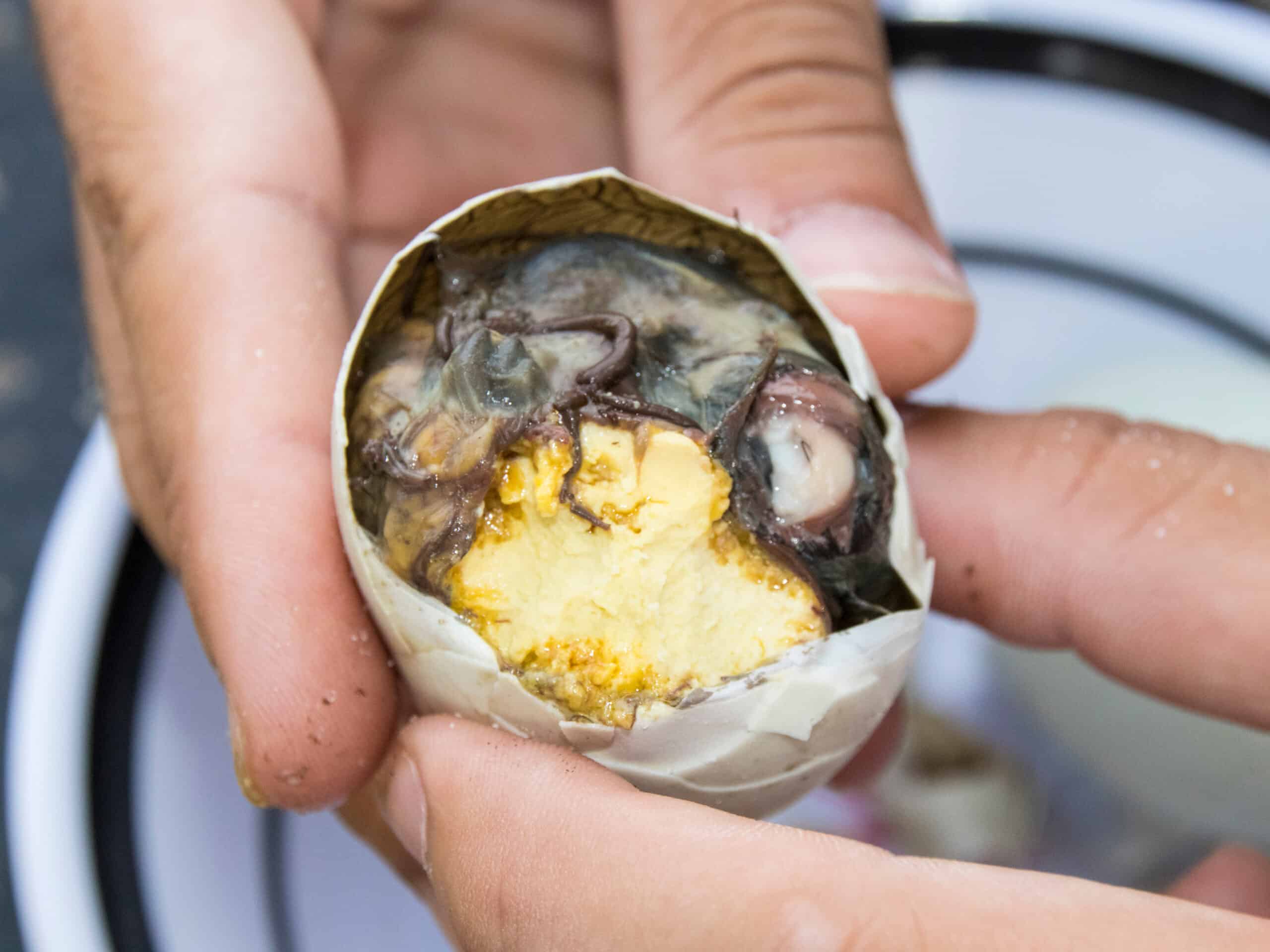
Balut is a fertilized duck egg, boiled and eaten in the shell. This Filipino delicacy includes both the embryo and yolk. It’s considered an aphrodisiac and a nutritious snack. The flavor is rich and savory, with a unique texture from the partially developed duckling. Commonly sold by street vendors, balut is enjoyed with a pinch of salt and vinegar. It’s a popular street food in the Philippines.
This article originally appeared on Rarest.org.
More from Rarest.org
10 Most Iconic Acoustic Guitars Ever Made

Acoustic guitars have shaped the sound of music for decades. Here are the most iconic models ever made, each with its unique features and history. Read More.
The 14 Most Expensive Music Memorabilia Ever Sold

Music memorabilia offers a unique glimpse into the lives and legacies of iconic artists, often capturing pivotal moments in music history. From instruments that created legendary tracks to personal items that reveal intimate stories, these valuable artifacts hold immense cultural and emotional significance. Read More.
The 8 Rarest Model Trains and Their Collectible Value

Collecting model trains is a hobby that has captivated enthusiasts for decades, blending a passion for history, engineering, and meticulous craftsmanship. Read More.
